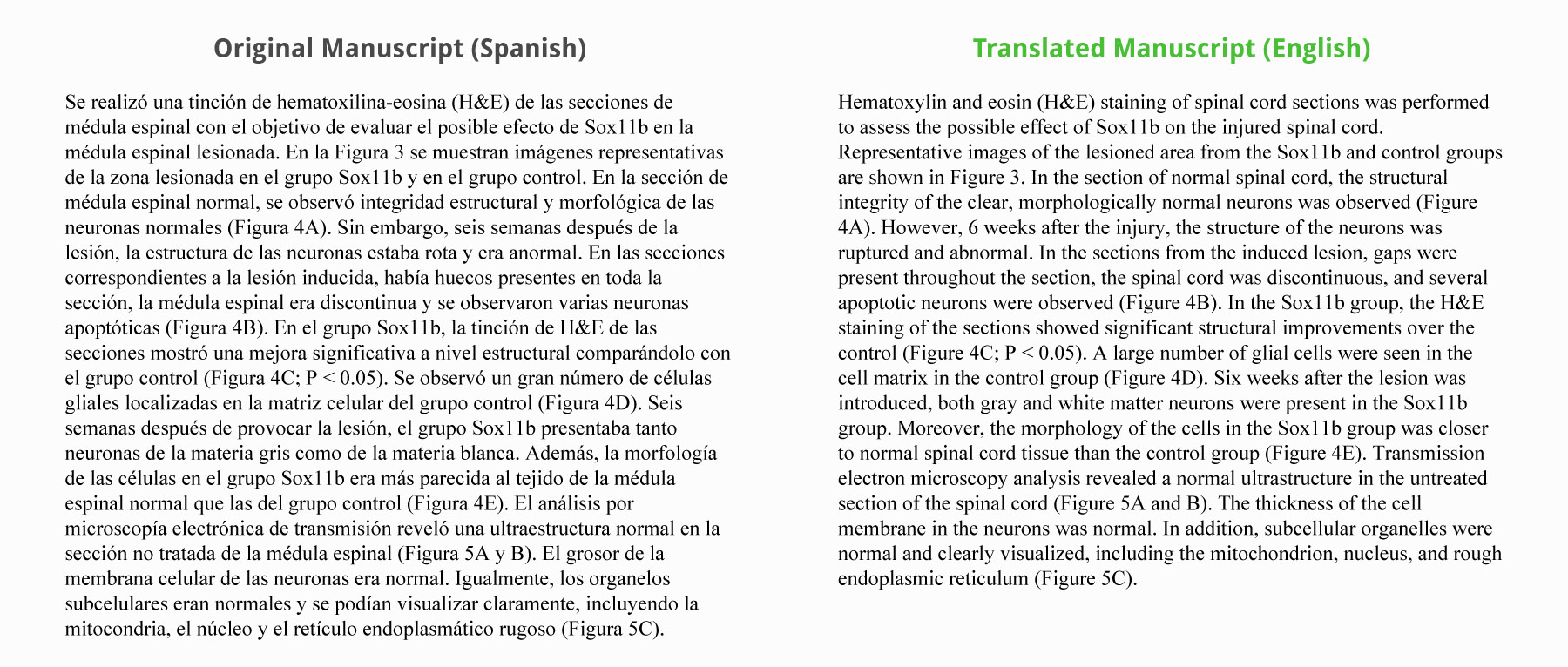
The adjectives ese and esa are ranked together (as are este and esta) ), but the pronoun eso is separate. This list distinguishes between the definite articles lo and la and the pronouns lo and la all are ranked individually. The table below includes the top 100 words from Davies' list of 5000. Singular nouns and plurals, for example, are treated as the same word, as are infinitives and verb conjugations. A lemma is the form of the word as it would appear in a dictionary. The 5000 words in Davies' list are lemmas. Most of the samples were previously compiled for the Corpus del Español (2001), a 100 million-word corpus that includes works from the 13th century through the 20th. The samples, written and spoken, come from Spain and at least 10 Latin American countries. Among the written sources are novels, plays, short stories, letters, essays, newspapers, and the encyclopedia Encarta. Of the 20 million words in the corpus, about one-third (~6,750,000 words) come from transcripts of spoken Spanish: conversations, interviews, lectures, sermons, press conferences, sports broadcasts, and so on. To make this list, he compiled samples only from 20th-century sources-especially from the years 1970 to 2000. In 2006, Mark Davies, an associate professor of linguistics at Brigham Young University, published his estimate of the 5000 most common words in Modern Spanish. The third person feminine singular pronoun Most frequent word forms out of ~160 million words Homonyms, however, are not distinguished from one another. Plurals, verb conjugations, and other inflections are ranked separately. The list of "2000 most frequent word forms" comes from an analysis of CREA version 3.2. CREA includes samples from all Spanish-speaking countries. All the works in the collection are from 1975 to 2004.

It includes books, magazines, and newspapers with a wide variety of content, as well as transcripts of spoken language from radio and television broadcasts and other sources. CREA is a computerised corpus of texts written in Spanish, and of transcripts of spoken Spanish. Reference Corpus of Current Spanish), or CREA. 1000 most frequent word forms)", a list published by the Real Academia Española (RAE) from analysis of more than 160 million word forms found in the Corpus de Referencia del Español Actual ( transl. The list below comes from "1000 formas más frecuentes" ( transl. The Spanish infinitive tener ("to have") is a lemma, while tiene ("has")-which is a conjugation of tener-is a word form. A lemma is the primary form of a word-the one that would appear in a dictionary. The second table is a list of 100 most common lemmas found in a text corpus compiled by Mark Davies and other language researchers at Brigham Young University in the United States. A word form is any of the grammatical variations of a word. The RAE is Spain's official institution for documenting, planning, and standardising the Spanish language. The first table lists the 100 most common word forms from the Corpus de Referencia del Español Actual (CREA), a text corpus compiled by the Real Academia Española (RAE). To determine which words are the most common, researchers create a database of all the words found in the corpus, and categorise them based on the context in which they are used.

A text corpus is a large collection of samples of written and/or spoken language, that has been carefully prepared for linguistic analysis. Each estimate comes from an analysis of a different text corpus. Below are two estimates of the most common words in Modern Spanish.


 0 kommentar(er)
0 kommentar(er)
